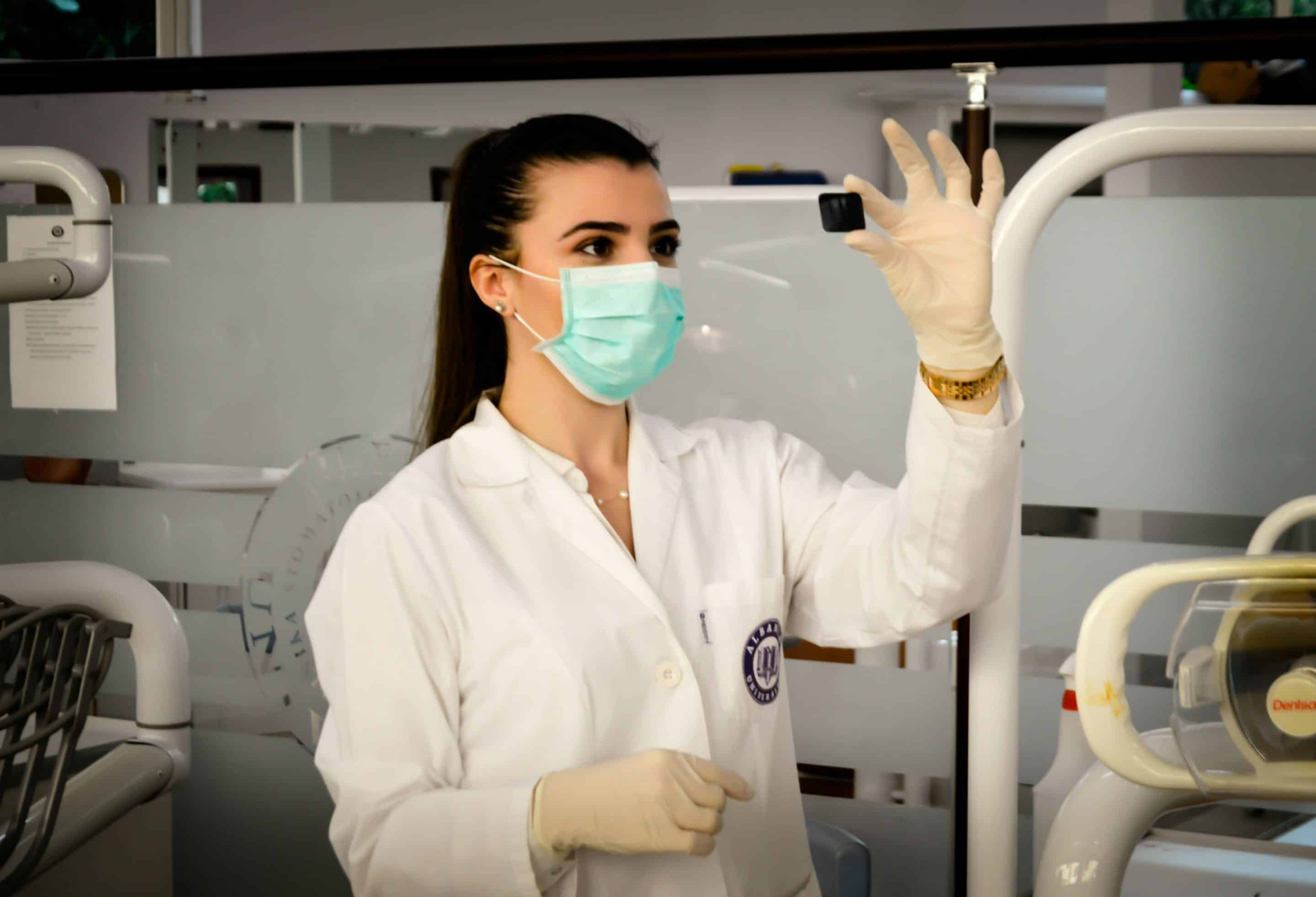What are Medical and In-Vitro Devices Content Localisations?
Interestingly, medical and in-vitro diagnostic devices (IVDs) are subject to a complex web of regulatory requirements and market demands. As these devices cross international borders, ensuring they meet the linguistic, cultural, and regulatory needs of their target markets becomes crucial. This is where content localisation for medical devices and in-vitro diagnostics comes into play. But what exactly is content localisation, and why is it so essential for medical and in-vitro devices?
Understanding Medical and In-Vitro Devices Content Localisations
Content localisation for medical and in-vitro devices involves adapting the language, cultural nuances, technical documentation, and regulatory information of these devices to suit specific foreign markets. This process ensures that the devices are not only comprehensible and accessible to users across different regions but also compliant with local regulations, such as the Medical Device Regulation (MDR) and In Vitro Diagnostic Regulation (IVDR) in the European Union.
The process of localising medical and in-vitro devices is far more complex than mere translation. It requires a deep understanding of the target market’s language, culture, and regulatory landscape. This meticulous approach is critical for ensuring that the device performs as intended, meets all safety standards, and is well-received by healthcare professionals and patients alike.
The Importance of Localisation in the Medical Device Market
Localisation is crucial in the medical device market for several reasons. First and foremost, it ensures compliance with the stringent regulatory requirements that govern the use of medical and in-vitro devices in different regions. For example, the European MDR and IVDR set out comprehensive rules for the design, manufacture, and marketing of these devices within the EU. Non-compliance can lead to hefty fines, product recalls, and even bans from the market.
Additionally, localisation plays a vital role in quality assurance. By adapting the content to meet the linguistic and cultural needs of the target audience, manufacturers can minimise the risk of misunderstandings that could compromise patient safety. For instance, a poorly translated user manual could lead to incorrect device usage, resulting in adverse outcomes.
Moreover, localisation enhances the user experience in medical settings. Healthcare professionals are more likely to trust and effectively use devices that are clearly explained and properly labelled in their native language. This trust is especially important in high-stakes environments where precision is critical, such as surgery or diagnostics.
Key Elements of Medical Device Localisation
Several key elements must be considered when localising medical and in-vitro devices. These include:
-
Regulatory Compliance: Compliance with local regulatory requirements is paramount. This involves adapting technical documentation, labelling, and instructions for use (IFU) to meet the standards set by regulatory bodies in the target markets. For instance, devices marketed in the EU must comply with the MDR and IVDR, which mandate specific requirements for labelling, instructions, and post-market surveillance.
-
Technical Documentation: Accurate and comprehensive technical documentation is essential for demonstrating that the device meets all regulatory requirements. This includes everything from design specifications and risk assessments to clinical evaluation reports and user manuals. Localisation of technical documentation involves not only translating the content but also ensuring it adheres to the specific format, terminology, and legal requirements of the target market.
-
Language and Cultural Adaptation: Effective localisation requires a thorough understanding of the target market’s language and culture. This goes beyond simple translation to include the adaptation of units of measure, date formats, and even colour schemes to align with local preferences. For example, a device marketed in the United States may use inches and pounds, whereas the same device marketed in Europe would need to use centimetres and kilograms.
-
User Interface (UI) Localisation: The user interface of a medical or in-vitro device must be localised to ensure that it is intuitive and user-friendly for the target audience. This may involve translating text, adapting icons, and ensuring that the overall design is culturally appropriate. For devices with digital displays or software components, UI localisation is particularly critical for ensuring that users can operate the device safely and effectively.
-
Quality Assurance: Quality assurance is a cornerstone of the localisation process. It involves rigorous testing and validation to ensure that the localised content is accurate, clear, and free from errors. This is especially important in the medical device industry, where even minor mistakes can have serious consequences. ISO 9001, an international standard for quality management systems, is often employed to ensure that localisation processes meet the highest standards of quality.
The Role of Language Service Providers in Medical Device Localisation
Given the complexities involved, medical device manufacturers often partner with specialised language service providers (LSPs) to handle their localisation needs. These providers bring a wealth of experience in medical translation and localisation, offering a range of services from document translation to regulatory consulting. For instance, companies like My Language Connection provide comprehensive translation services tailored to the unique demands of the medical device industry.
LSPs not only provide linguistic expertise but also offer insights into the regulatory landscapes of different markets. This dual expertise is invaluable for navigating the intricate web of regulations that govern the medical device industry. Furthermore, LSPs employ native-speaking translators with a background in medicine, ensuring that the translated content is both accurate and contextually relevant.
Challenges in Medical Device Localisation
Despite its importance, localisation in the medical device industry is fraught with challenges. One of the primary challenges is managing the varying regulatory requirements across different markets. For example, while the EU’s MDR and IVDR are well-defined, other regions may have less transparent or evolving regulations, making compliance a moving target.
Another challenge is ensuring consistency across all localised content. This is particularly difficult when dealing with multiple languages and markets, where differences in terminology and phrasing can lead to inconsistencies. To address this, many companies rely on translation memory tools and glossaries to maintain uniformity across all localised materials.
Time-to-market is another critical factor. The localisation process can be time-consuming, particularly when it involves extensive regulatory reviews and approvals. Delays in localisation can lead to missed market opportunities, particularly in fast-moving sectors like medical technology.
The Future of Medical Device Localisation
As the medical device market continues to expand globally, the demand for precise and effective localisation will only grow. Companies that prioritise localisation as an integral part of their product development process will be better positioned to navigate the complexities of international markets. By partnering with experienced language service providers, adhering to regulatory requirements, and focusing on quality assurance, these companies can ensure that their products are safe, compliant, and well-received across the world.
For more insights on the importance of localisation in the medical device industry, visit My Language Connection Ltd, where you can find expert advice on navigating the complexities of global markets.

